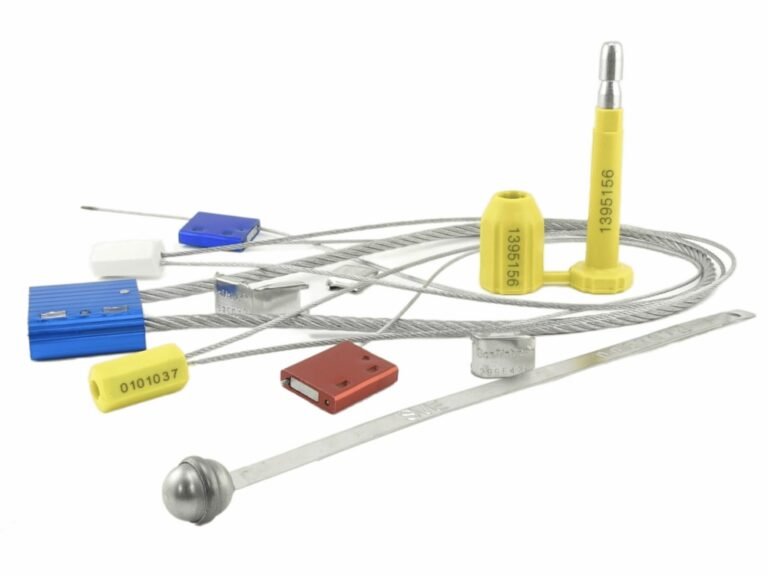Are you still choosing meter seals based on how "strong" they look? This outdated approach leaves you vulnerable, as a cheap seal can be tampered with in ways that produce ambiguous, useless evidence.
A modern meter seal's core function is to provide irrefutable evidence of a breach. Its value is measured by its "Evidence Legibility"—the clarity, visibility, and non-replicable nature of the evidence it leaves after an attack.
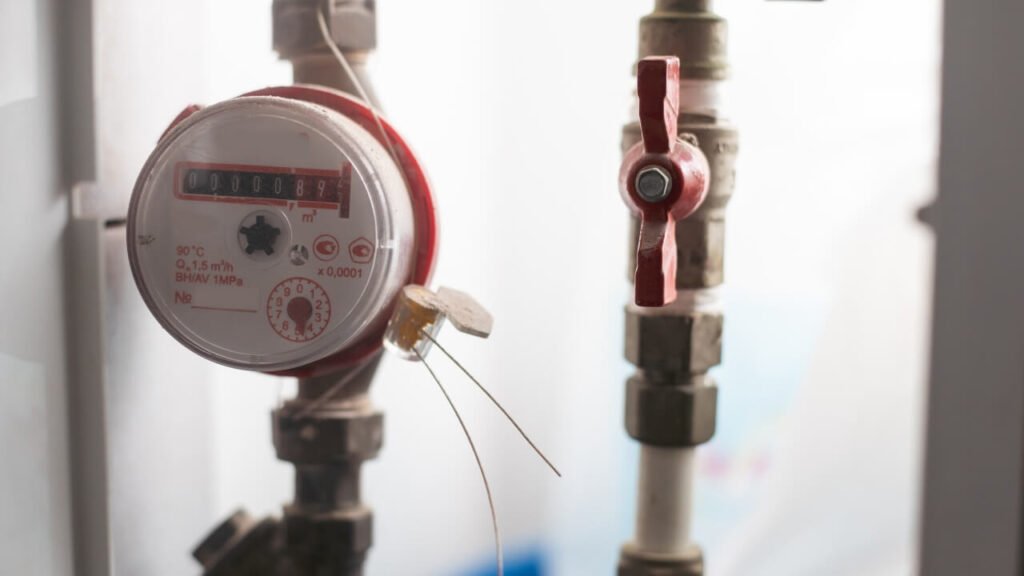
The competition in the meter seal world has evolved. It's no longer a low-level competition of "can it be tampered with?" but a high-level competition of "what is the quality of the tampering evidence?" I've seen firsthand how a top-tier meter seal can win a legal case, while a cheaper one creates just enough doubt for a fraud claim to be dismissed. Our design focus has shifted entirely to what I call "Evidence Legibility." We ensure that after any type of attack—be it brute force, heat, chemicals, or microscopic manipulation—the evidence left behind is unambiguous, easy for a field tech to spot, and incredibly difficult to fake. This is the new gold standard.
The Core Function: Why Meter Seals Are About "Evidence," Not "Locking"?
Do you think the main job of a meter seal is to physically lock a meter shut? This is a fundamental misunderstanding that leads to poor purchasing decisions and weak security systems.
A meter seal is a forensic device disguised as a lock. Its primary function is not to prevent entry, but to act as a single-use tripwire that creates a permanent, high-fidelity record of that entry.
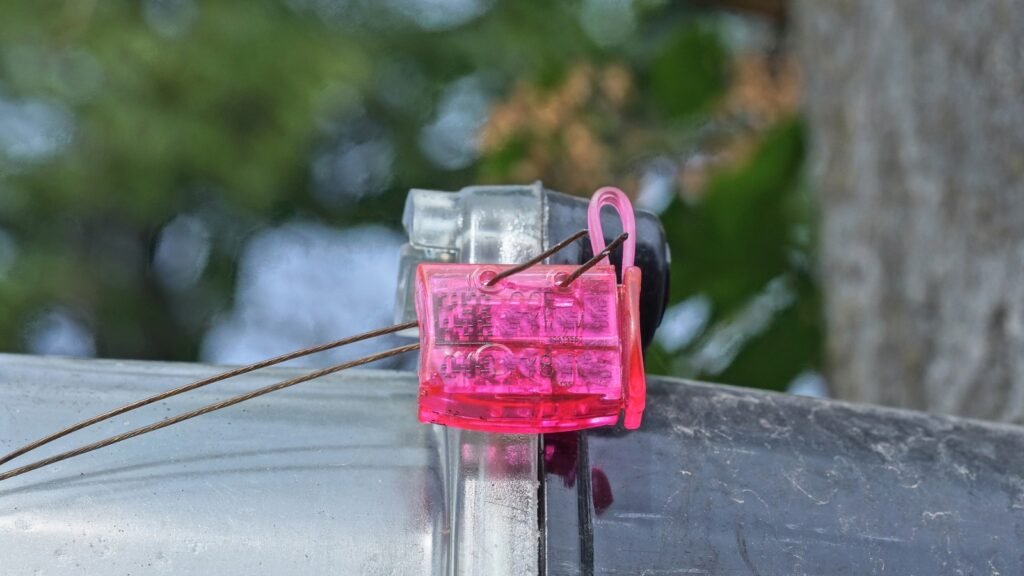
Let's reframe the purpose of this critical tool. A traditional lock is designed to resist attack. A meter seal is designed to yield to an attack in a very specific, controlled, and obvious way. It is a witness, not a vault door. Its entire value is based on the quality of the story it tells after the crime has occurred. The old battlefield was about physical strength. The new battlefield is about information and the clarity of that information. A cheap seal is like a witness who mumbles and can't remember details. A high-quality seal is like a high-definition security camera, capturing every detail for the prosecution. This is the shift from a physical device to a forensic tool.
Defining "Evidence Legibility"
This is the metric that truly matters. A seal with high Evidence Legibility ensures that any tampering attempt results in evidence that is:
- Unambiguous: The signs of tampering (e.g., stress marks, snapped parts, discoloration) are clear and cannot be mistaken for accidental wear and tear.
- Easy to Identify: A field technician with standard training can spot the evidence quickly and confidently without needing a microscope or a lab.
- Difficult to Replicate: The materials and design make it nearly impossible for a perpetrator to hide their tampering or replace the seal with a counterfeit one.
Material Composition: How Polycarbonate and Steel Impact Durability and Security?
Do you choose seals based on which plastic feels the toughest? The choice of material is far more sophisticated; it's about selecting materials that are best at "testifying" after an attack.
High-quality seals use specific materials like polycarbonate (PC) and stainless steel wire not just for durability, but for their tamper-indicating properties. These materials are chosen for how clearly they show stress, heat, and chemical attacks.
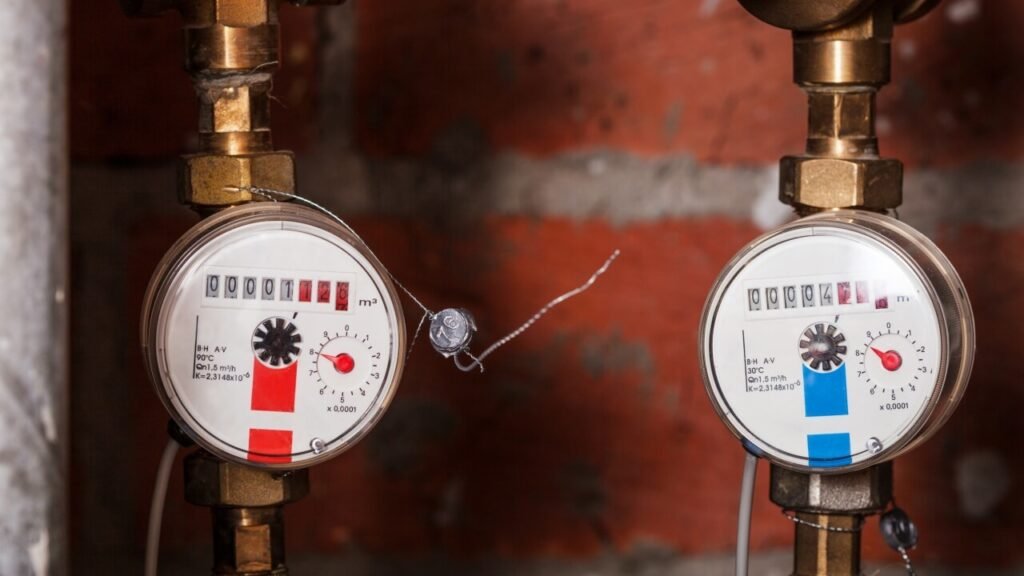
The materials are the foundation of a seal's Evidence Legibility. It’s a delicate balance between being durable enough for years of outdoor exposure, yet sensitive enough to record the slightest hint of tampering.
Polycarbonate: The Clear Witness
High-grade, UV-stabilized polycarbonate is the material of choice for the main body of many premium seals.
- Transparency: A clear PC body allows for easy visual inspection of the internal locking mechanism. Any attempt to manipulate the lock from the inside is immediately visible.
- "Blushing": PC has a unique property where it "blushes" or turns white at points of high stress. If someone tries to twist or force the seal, it leaves behind a permanent, tell-tale white mark.
- Chemical/Heat Sensitivity: When exposed to certain chemicals or high heat (like from a heat gun used to make plastic more pliable), PC will cloud up, melt, or deform in a very distinct and irreversible way, providing clear evidence of a more sophisticated attack.
Steel Components: The Resilient Narrator
The wire and internal locking components add another layer of evidence.
- Sealing Wire: High-quality, multi-strand steel wire is designed to fray permanently when cut. It cannot be cleanly reattached. This prevents the "cut and re-glue" method of tampering.
- Locking Jaws: The internal steel jaws that grip the wire are designed to deform permanently if someone tries to pull the wire out with force.
The Industry Benchmark: Understanding What ISO 17712 Means for Meter Seals?
Do you see an "ISO 17712 Compliant" label and assume it's the ultimate mark of quality for a meter seal? This is a common point of confusion. The standard is important, but its application to meter seals is nuanced.
ISO 17712 is the global standard for mechanical freight container seals, focusing on high physical strength. While not directly designed for indicative meter seals, its principles of requiring tamper-evident features are a crucial benchmark for quality manufacturing.
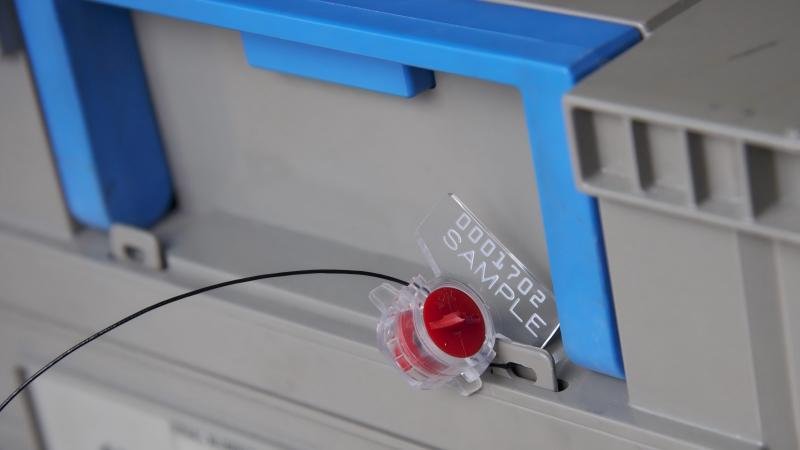
It's critical to understand the context here. A lightweight plastic meter seal will never pass the brute-force strength tests (like the 1,000 kg pull test) required for an ISO 17712 "High-Security" rating. That's not its job. However, the spirit of the standard is highly relevant and is what separates a professional supplier from a cheap factory. A top-tier meter seal manufacturer applies the following ISO principles to their indicative seals:
- Clause 5 - Tamper Evidence: The seal must be designed to show clear, irreversible evidence of tampering. This directly aligns with our goal of Evidence Legibility.
- Clause 6 - Manufacturer's Processes: The manufacturer must have audited, secure processes for handling unique serial numbers, preventing duplication, and controlling their supply chain. This ensures the integrity of the seal as a data point.
When you see a supplier referencing ISO standards for their meter seals, the intelligent question to ask is, "How do you apply the principles of ISO 17712's tamper-evidence and security process clauses to your indicative seals?"
Security Enhancements: The Role of Serial Numbers, Barcodes, and Color Coding?
Do you see serial numbers and barcodes as just a way to track inventory? In a modern security system, these features are active components that dramatically increase the difficulty of replication and improve evidence quality.
Unique serial numbers, barcodes, and strategic color coding transform a simple plastic seal into a unique, trackable data point. These features make it exponentially harder for a fraudster to conceal their actions by creating a complex and verifiable audit trail.
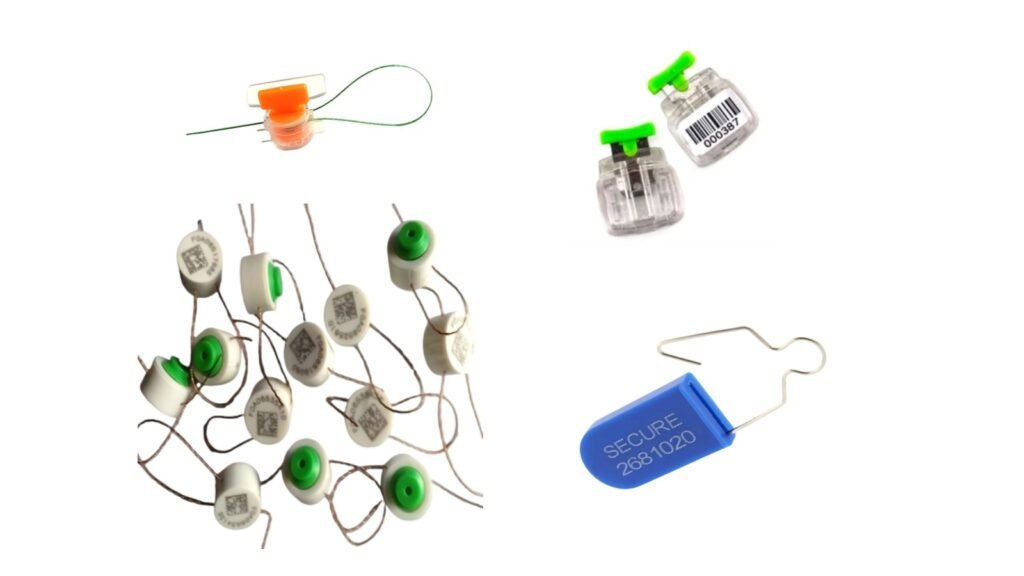
These enhancements are all designed to make the evidence of tampering "louder" and harder to fake.
- Laser-Engraved Markings: Unlike ink or hot stamping which can be scraped off or altered, laser engraving is permanent. It burns into the plastic itself. Trying to remove a laser-engraved number leaves obvious damage—excellent, unambiguous evidence.
- Barcodes & QR Codes: These allow for fast, error-free digital data capture in the field. A technician can scan the seal, instantly verifying its number against the central database. This eliminates human error in logging and makes it impossible for a thief to substitute a seal with a number that is "close enough" (e.g., replacing 12345 with 12346).
- Color Coding: Using different colored seals for different fiscal years, service zones, or inspection types creates an immediate visual verification system. A blue seal in a "red seal zone" is an instant red flag of an anomaly, even from a distance, prompting a closer inspection.
Selection Criteria: Key Considerations for Choosing the Right Seal for Your Application?
Are you ready to move beyond price and basic strength? To procure a truly effective forensic tool, you need a checklist that focuses on the quality of evidence the seal will provide.
When selecting a meter seal, you must evaluate its material properties, marking durability, locking mechanism, and the supplier's quality control. These factors directly contribute to the seal's "Evidence Legibility" and overall reliability.
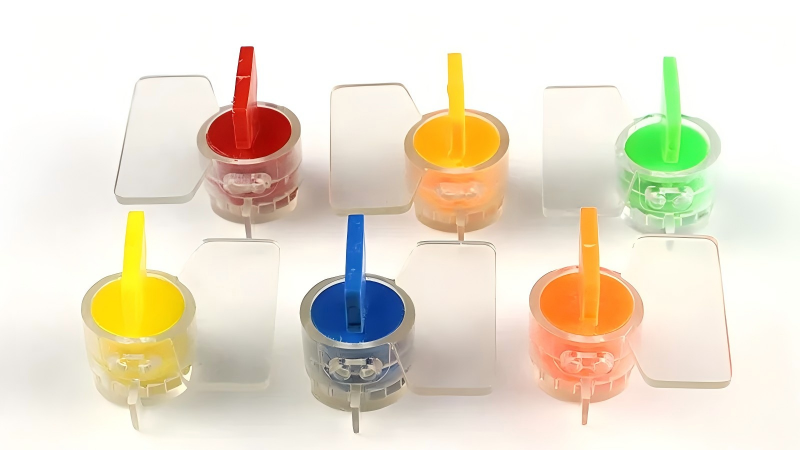
Here is a simple checklist to guide your procurement process, focused on what really matters.
- Does it show its work? Ask the supplier for samples and attack them yourself. Try to twist it, heat it, cut it. How clear are the signs of your attack? Does the material blush, deform, or fray as promised?
- Is the marking permanent? Try to scratch off the serial number with a coin. If you can alter it easily, it's a low-quality seal. Insist on laser engraving.
- Is the locking mechanism secure? Once engaged, pull on it firmly. Is there any "play" or give? Can you see the internal components? A transparent body is a must-have.
- Can the supplier guarantee no duplicate numbers? Ask about their quality control and their process for managing serial number databases. This is a non-negotiable point.
- Is it built for your environment? Does the material have UV stabilizers for long-term outdoor use? The best evidence in the world is useless if the seal crumbles from sun exposure after two years.
Conclusion
Stop buying "locks." Start investing in high-fidelity forensic tools. The value of a modern meter seal is not in its strength, but in the unambiguous, legible, and non-replicable quality of the evidence it provides.
Upgrade Your Evidence, Upgrade Your Security
At ProtegoSeal, we engineer our meter seals around the principle of "Evidence Legibility." We provide the forensic tools you need to protect your revenue and assets. Contact me to get samples and see the difference for yourself.

